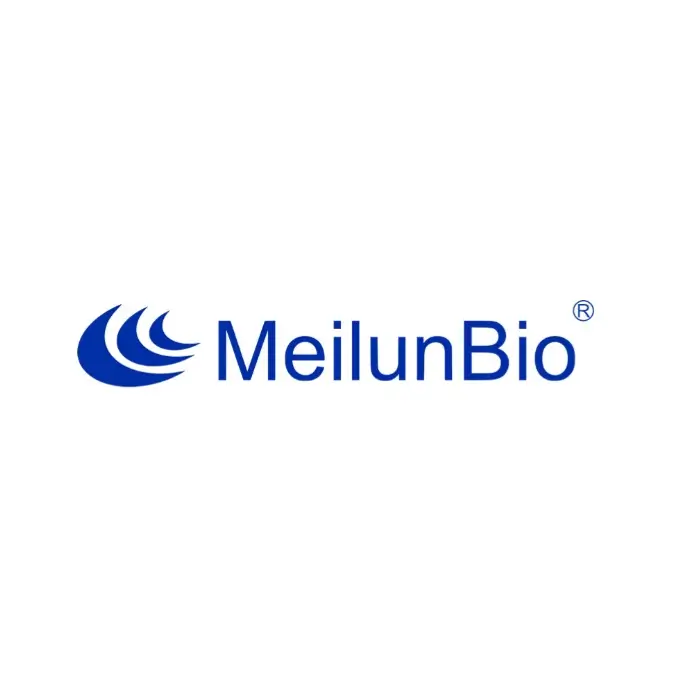| Source: | E.coli |
| Description: | Recombinant Human C-X-C Motif Chemokine 7 is produced by our E.coli expression system and the target gene encoding Ala59-Asp128 is expressed. |
| Accession: | P02775 |
| Known As: | Platelet Basic Protein; PBP; C-X-C Motif Chemokine 7; Leukocyte-Derived Growth Factor; LDGF; Macrophage-Derived Growth Factor; MDGFSmall-Inducible Cytokine B7; PPBP; CTAP3; CXCL7; SCYB7; TGB1; THBGB1 |
| Predicted Mol Mass: | 7.6 Kda |
| Apparent Mol Mass: | 8-19KDa KDa, reducing conditions |
| Endotoxin: | < 1 EU/µg as determined by LAL test. |
| Formulation: | Lyophilized from a 0.2 μm filtered solution of 20mM PB, 150mM NaCl, pH 7.4. |
| Reconstitution: | Always centrifuge tubes before opening.Do not mix by vortex or pipetting. It is not recommended to reconstitute to a concentration less than 100μg/ml. Dissolve the lyophilized protein in distilled water. Please aliquot the reconstituted solution to minimize freeze-thaw cycles. |
| Shipping: | The product is shipped at ambient temperature. Upon receipt, store it immediately at the temperature listed below. |
| Storage: | Lyophilized protein should be stored at ≤ -20°C, stable for one year after receipt. Reconstituted protein solution can be stored at 2-8°C for 2-7 days. Aliquots of reconstituted samples are stable at ≤ -20°C for 3 months. |
| Background: | Human Chemokine (C-X-C motif) Ligand 7 (CXCL7), also known as neutrophil activating peptide 2 (NAP-2), is a member of the CXC chemokines containing an ELR domain (Glu-Leu-Arg tripeptide motif). Similar to other ELR domain containing CXC chemokines, such as IL-8 and the GRO proteins, CXCL7 binds CXCR2, chemoattracts and activates neutrophils. CXCL7, Connective Tissue Activating Protein III (CTAPIII) and βthrombogulin (βTG), are proteolytically processed carboxylterminal fragments of platelet basic protein (PBP) which is found in the alphagranules of human platelets.Although CTAPIII, βTG, and PBP represent amino-terminal extended variants of NAP2 and possess the same CXC chemokine domains, these proteins do not exhibit CXCL7/NAP2 activity. CXCL7 induces cell migration through the G-protein-linked receptor CXCR-2. |
重组人CXC趋化因子7(CXC7)
¥1,600.00
规格: 10μg
英文名字:C-X-C Motif Chemokine 7,Human,Recombinant
质量标准:>95%,BR

